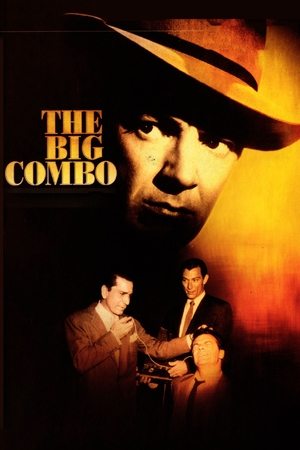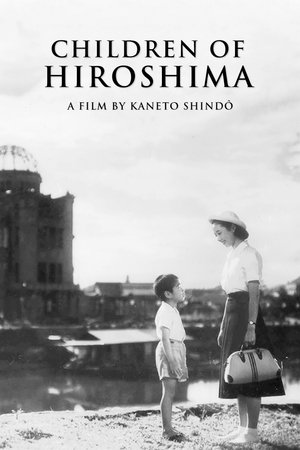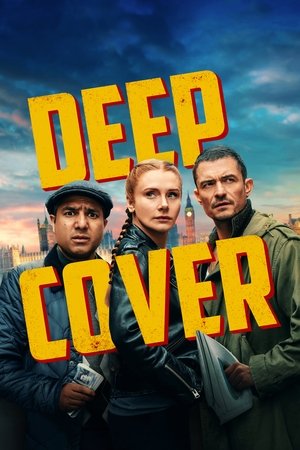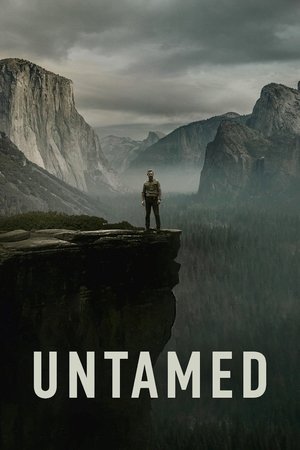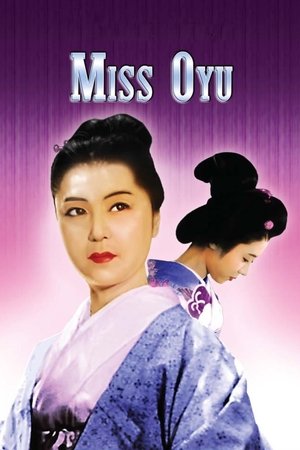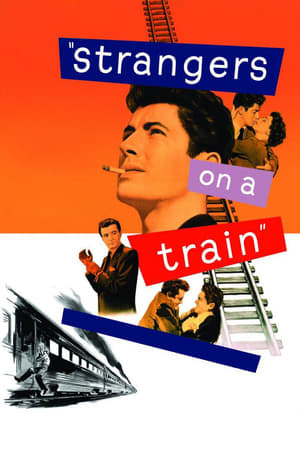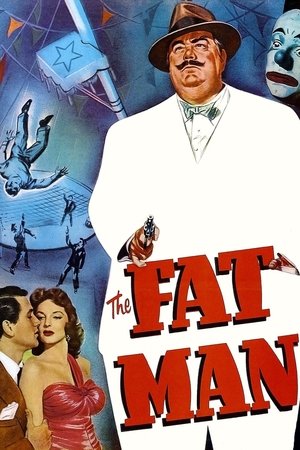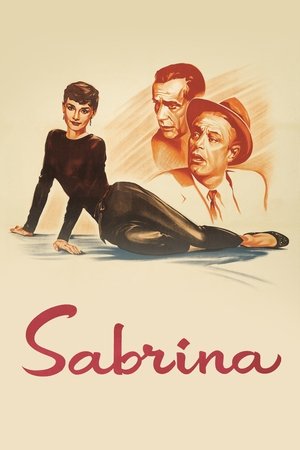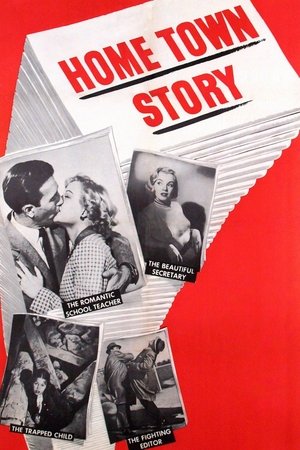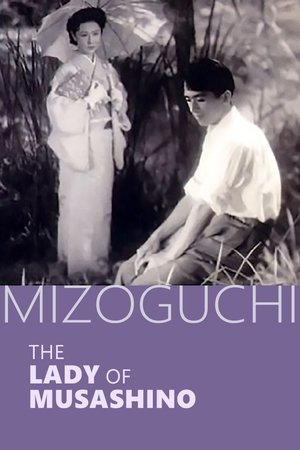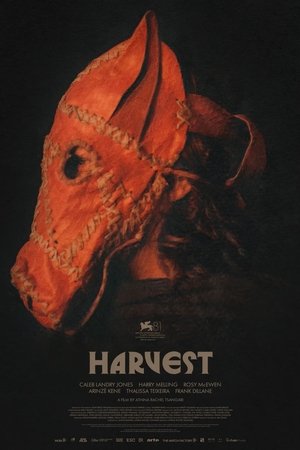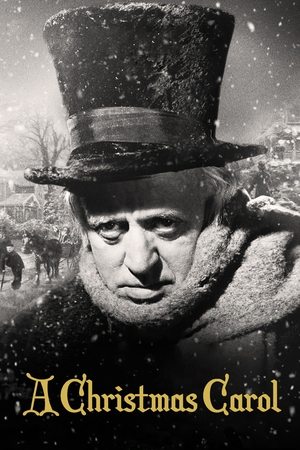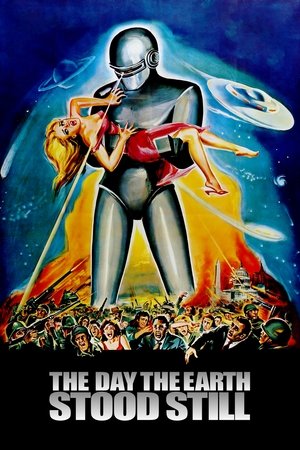The Big Combo (1955)

| Director | Joseph H. Lewis |
| Cast | Baynes Barron, Brian Donlevy, Brian O'Hara, Bruce Sharpe, Cornel Wilde |
| Year | 1955 |
| Country | USA |
| Genres | Crime, Drama |
| Duration | 88 min |
| Release | 13 Feb 1955 |
| Language | English |
| Revenue | N/A |
| Trailer | Watch Trailer |
Synopsis
Police Lt. Leonard Diamond vies to bring a clever, well connected, and sadistic gangster to justice all the while obsessing over the gangster’s girlfriend.
In the world of classic film noir, “The Big Combo” (1955) stands out as a gritty and intense portrayal of crime and justice. Directed by Joseph H. Lewis, this film has etched its place in cinematic history with its atmospheric storytelling and compelling character dynamics. The movie unfolds in a city shrouded in darkness, both literally and metaphorically, as Police Lt. Leonard Diamond, played by Cornel Wilde, embarks on a relentless pursuit of the notorious gangster Mr. Brown, portrayed with chilling charisma by Richard Conte.
At the heart of “The Big Combo” is Lt. Leonard Diamond’s obsessive mission to dismantle the criminal empire of Mr. Brown. Diamond is dogged in his efforts, navigating a web of corruption and power that Brown has spun with meticulous precision. The tension escalates as Diamond becomes increasingly engrossed in not only capturing Brown but also protecting Susan Lowell, Brown’s girlfriend, played by Jean Wallace. Susan’s entanglement with Brown adds an emotional complexity to Diamond’s quest, blurring the lines between professional duty and personal fixation.
The film’s narrative is underscored by its masterful use of noir elements—moody cinematography, stark contrasts, and shadowy scenes that evoke a sense of impending doom. The visual style of “The Big Combo” enhances the psychological tension, immersing the audience in a world where light and darkness are not just visual motifs but also symbolic representations of morality and corruption. The film’s cinematographer, John Alton, expertly crafts these visuals to complement the film’s narrative depth.
“The Big Combo” has garnered a respectable rating on IMDb, reflecting its status as a classic in the noir genre. With a rating that underscores its critical acclaim, the film continues to captivate audiences with its timeless themes and compelling performances. The strong ensemble cast, including Brian Donlevy as Joe McClure and Lee Van Cleef as Fante, delivers performances that add layers to the intricate plot, making the film a standout in its genre.
Joseph H. Lewis’s direction is a tour de force, orchestrating the film’s elements with precision and flair. His ability to evoke a palpable sense of tension and suspense is evident throughout the film, drawing viewers into a narrative that is as much about the psychological cat-and-mouse game between Diamond and Brown as it is about the broader themes of power and obsession. Lewis’s direction ensures that “The Big Combo” remains a riveting watch, decades after its release.
The film’s genre, firmly rooted in film noir, is characterised by its exploration of moral ambiguity and the dark underbelly of human nature. “The Big Combo” exemplifies these themes, presenting a world where justice is not easily attained and where characters are often ensnared by their own desires and obsessions. This exploration of human complexity is one of the film’s enduring strengths, inviting viewers to contemplate the shades of grey that exist in the pursuit of justice.
For those interested in delving deeper into the intricacies of “The Big Combo”, the film is featured on various platforms, including handphonehub.com/movie/the-big-combo-1955/. This site provides insights into the film’s production, its impact on the noir genre, and its continued relevance in contemporary cinema discussions.
In summary, “The Big Combo” remains a quintessential film noir, combining taut storytelling, strong performances, and a distinctive visual style to create a cinematic experience that is both engaging and thought-provoking. Its exploration of themes such as obsession, power, and morality resonates with audiences, making it a timeless piece in the history of film. As Lt. Leonard Diamond battles not only the criminal mastermind of Mr. Brown but also his own personal demons, viewers are left to ponder the complexities of justice and the often blurry line between right and wrong.

